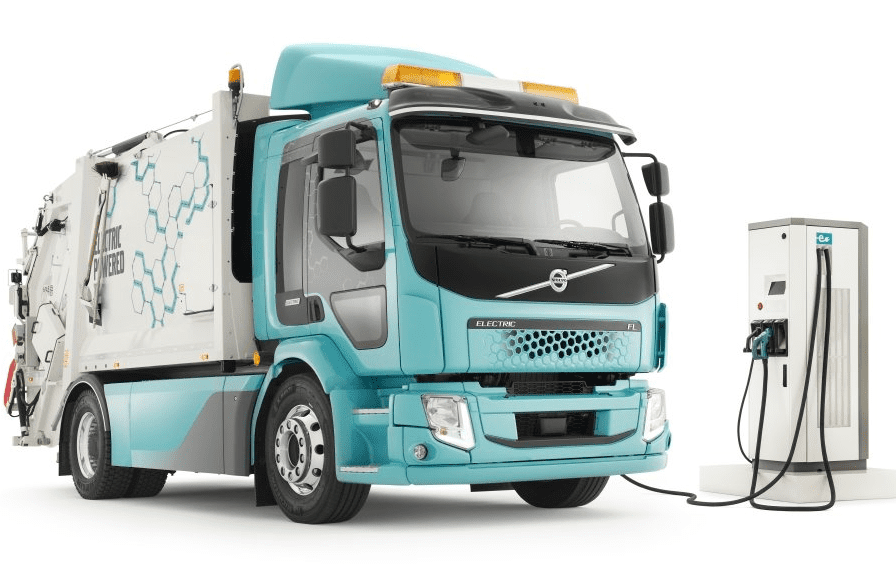This month the U.S. surpassed one-million electric vehicles on the road, highlighting the need for DC Fast Chargers, with the EV adoption rate showing no sign of slowing down. Bloomberg estimates a tenfold increase in EV purchases from 1.1 million worldwide in 2017 to 11 million in 2025. This is certainly the moment that many EV advocates have been waiting for: the appeal of going electric is now mainstream. The appeal extends beyond passenger cars to include all weight classes and transportation sectors. We call this an inflection point, and the key here is to continue to produce not only a greater number of vehicle options for consumers and fleets, but also to install sufficient charging infrastructure. This latter area is where we’re struggling.
This month the U.S. surpassed one-million electric vehicles on the road. Bloomberg estimates a tenfold increase in EV purchases from 1.1 million worldwide in 2017 to 11 million in 2025.
DC Fast Chargers Need Streamlined Permitting Process
After all of these years, we’re starting to see the EV products we’ve been waiting for: electric mini-vans and SUVs; global OEM medium- and heavy-duty electric trucks; etc. But we can’t get the charging infrastructure in the ground fast enough to support the growth in EVs. One reason for the charging infrastructure supply gap is municipal permitting timelines, which can sometimes exceed not just months, but quarters! That’s a big problem according to JoAnne Golden-Stewart, Vice President at Gladstein, Neandross & Associates (GNA), who said “Without a course correction, these permitting challenges could slow EV adoption at a time when it’s most critical to sustain momentum.”
We can’t get the charging infrastructure in the ground fast enough to support the growth in EVs.
These concerns about charger permitting are not new. They began in the early 2010s and carried over from the solar industry. Streamlined permitting programs and legislation in many states addressed the primary concern at the time: making sure EV drivers could easily install chargers in single-family homes.
Today, the need for streamlining is centered on DC Fast Chargers at commercial sites, in fleet depots and along interstate corridors. DC Fast Chargers are essential to enabling a “gas-station-like experience” for consumers and fleet vehicles alike, but in terms of permitting, they are also far more complicated than the single-family-home charger. They typically require upgrades to the utility’s electrical service, added space and panel upgrades to the buildings they are connected to, and frequently need to address areas of accessibility. To compound this, the power level in DC Fast Chargers is growing substantively. Over the past couple of years, a 50 kW station was considered fast—now we’re exceeding 350 kW.
DC Fast Chargers require upgrades to the utility’s electrical service, added space and panel upgrades to the buildings they are connected to, and frequently need to address areas of accessibility.
Proactive Efforts for DC Fast Chargers
With over 19,000 permit-authorizing jurisdictions in the U.S., we need a cohesive approach and educational campaign to address the challenges associated with permitting EV charging infrastructure. After all, most of these jurisdictions have never seen—let alone approved!—a DC Fast Charger permit application. And while there are certainly legislative and policy matters that need to be addressed, fleets and technology providers can begin by taking a proactive effort with their projects, such as:
- Set up a pre-application meeting with planning staff within your local jurisdictions: Let the planners and code officials know what your project details are and information about the technologies (even go so far as to bring spec sheets and walk the staff through the project).
- Don’t wait to meet with your electric utility: Too often, fleets underestimate the demand needed to charge medium- and heavy-duty vehicles and wait far too long before letting their electric utility know what the plans are. Set up a meeting with your account representative and make sure they know of and can be prepared to assist you in your efforts. Most utilities around the nation want to help support fleet electrification, but many haven’t seen it yet!
- Be patient and give yourself time: If you know your fleet’s vehicles will be arriving before the end of the year, don’t wait until the month beforehand to file a permit. And especially not if you haven’t done steps one and two above!
- Come prepared: Remember, EVs are still relatively new, and city staff are still learning not only about the technology but how to ensure these stations are properly permitted. Come prepared with as much information as you can to assist them, such as presentations from state organizations about building codes affecting EVs.
With such a proactive approach, fleets can avoid common missteps and implement highly successful electric truck projects.



